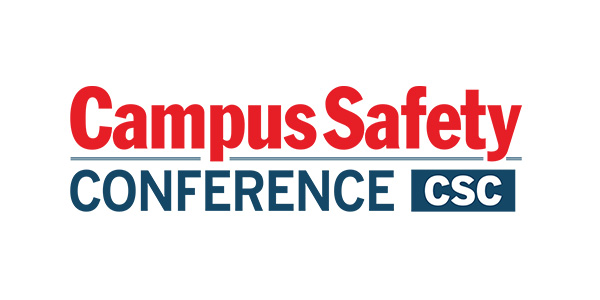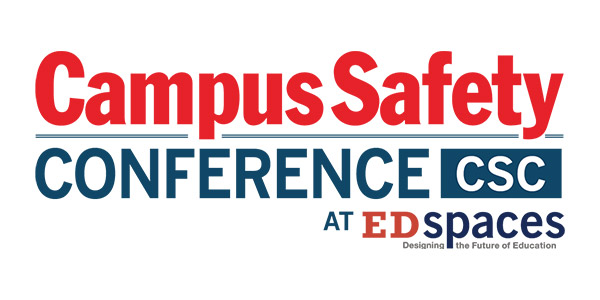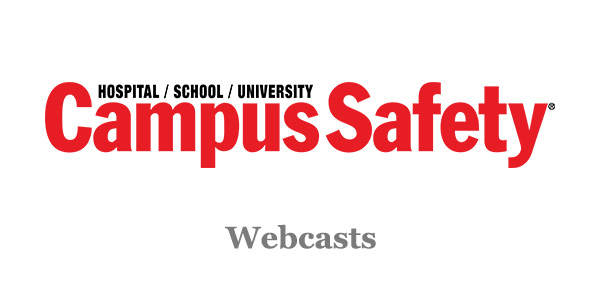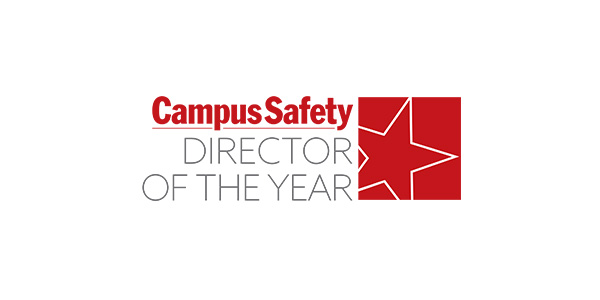Summer brings internships, jobs, and a well-earned break for university students — but campus life doesn’t stop. Universities remain action-packed, from summer courses and research to major events and facility upgrades. The responsibility to keep campuses safe doesn’t take a break either.
Universities and colleges operate as microcosms of society with many of the same challenges that cities and towns face, including drug distribution, gun violence, assault, and property theft. Tragically, school shootings on both college and K-12 campuses remain a harsh reality in the U.S. Once viewed as less demanding than other areas of law enforcement, campus police safety roles are now rightly recognized as complex and critically important.
To prepare themselves and better equip campuses, many agencies are turning to modern cloud-native technology, which include record management systems, computer-aided dispatch, advanced analytics and mobile applications. These software platforms provide the underlying communications, record keeping and organizational foundation for public safety operations and officer safety. With modern tools, agencies work more efficiently and faster and make better-informed decisions for improved outcomes for students, faculty, and administrative staff.
1. Removing Public Safety Officers from Behind the Desk
Modern technology streamlines administrative tasks and reduces paperwork, enabling public safety officers to complete paperwork on-the-go rather than behind a desk. This means that they can spend more time patrolling the campus, keeping students, faculty and staff safe. This added presence is especially valuable during large events and increases visibility to the public, which aids in deterring crime. Having technology accessible on the go also improves communication so agencies can coordinate and allocate resources more effectively.
2. Real-Time Tools and Intelligence
Modern, cloud-native systems provide the tools and network for agencies to be more responsive to incidents. With benefits such as location tracking, command centers and dispatchers can have visibility on their officers’ location without requiring them to radio in.
In addition, cloud-native mobile applications enable officers to quickly collect information such as identification and other real-time data which is instantly accessible to other officers in the field and dispatchers. This seamless and timely flow of information empowers agency leadership to make faster, better-informed decisions.
3. Resiliency and Scalability
More broadly, since many agencies bring in auxiliary staff for large events, modern systems make it easier to quickly scale operations. Legacy RMS lacks the same scalability and configurability required for major campus events and emergency incidents, especially without downtime. This is a key benefit and function of cloud-native systems for campus police departments.
RELATED: How AI, the Cloud and RMR Are Changing Video Surveillance
Outdated, on-premises systems can take weeks—or even months—to scale, making them ill-suited for handling graduation or other large-scale campus events. In many cases, updating and maintaining these systems may incur significant costs, assuming an upgrade is even possible. Beyond scalability, legacy systems often lack cybersecurity infrastructure, posing serious risks to campus police departments. They also may require dedicated IT staff to manage servers and infrastructure, resources that many small and medium-sized campus public safety agencies do not have. In contrast, cloud-native technology vendors own the management and maintenance of cybersecurity controls and system updates for predictable billing and easy scalability.
4. Investigations and Decision-Making
Real-time data is a critical advantage for campus public safety agencies. Modern platforms provide cleaner, aggregated and more accurate data to identify crime hotspots to deploy officers more effectively while also helping to predict where crimes may occur on campus. Data also assists in quicker investigations, identifying patterns across cases by aggregating relevant information. Additionally, cloud-native systems provide data to dispatchers, agency leadership and officers in the field while they respond to incidents in real-time. All of this contributes to faster response times, ultimately leading to improved outcomes and safer, more resilient campus communities.
Campus safety agencies are highly attuned to public perception of safety, especially since student wellbeing is a top priority for parents and institutions alike. Robust data offers a powerful way to measure the effectiveness of policing and safety strategies, allowing agencies to demonstrate results and justify budget or policy shifts. Accurate, accessible and transparent data helps convey impact to parents and prospective students and builds public trust and support for agency budgets by highlighting key outcomes such as faster response times or reductions in assaults.
5. Doing More with Less
Many agencies are facing budget cuts and being asked to do more with less. The average police agency is understaffed by 30%, some as much as 80%. This means a campus public safety agency might be expected to deliver the work of 100 officers with just 70, placing significant strain on resources and personnel. Using cloud-native systems can help with these challenges. By reducing paperwork and improving workflows, agencies can cut administrative work time by 30% and reduce response times by 30 to 50% . As a result, campus public safety agencies can effectively gain the equivalent of 30 additional personnel to their force.
RELATED: Cloud Security Solutions for Safer Schools, Colleges, and Hospitals
Cloud-native systems also support agency finances by offering predictable billing and comprehensive customer service. By providing reliable service and predictable costs that include customer service, upgrades and maintenance—which previously would require hiring expensive IT professionals—these systems avoid unexpected costs.
To support faster adoption, modern public safety platforms are designed to be intuitive, with user-friendly interfaces inspired by consumer apps. This makes training quick and straightforward for campus safety officers and easy to configure for agency leaders. As a result, agencies can rapidly scale their force up or down around major events like graduation—an especially valuable advantage for campus public safety agencies that rely on auxiliary staff during peak times.
Conclusion
Public safety agencies on college campuses face increasing demands as security challenges escalate and expectations for transparency also rise. At the same time, budgets are shrinking, and resources are limited. Modern software platforms meet these demands by cutting administrative overhead, improving response times and delivering real-time data for critical decisions. For campus safety agencies deeply connected to their communities, public trust isn’t optional—it’s essential.
Modern tools aren’t just tech upgrades, they’re critical investments in safety, transparency and accountability.
Sam Auerbach is account executive at Mark43, a public safety operations platform.
NOTE: The views expressed by guest bloggers and contributors are those of the authors and do not necessarily represent the views of, and should not be attributed to, Campus Safety.







